BMW shows the world a brand new LOGO
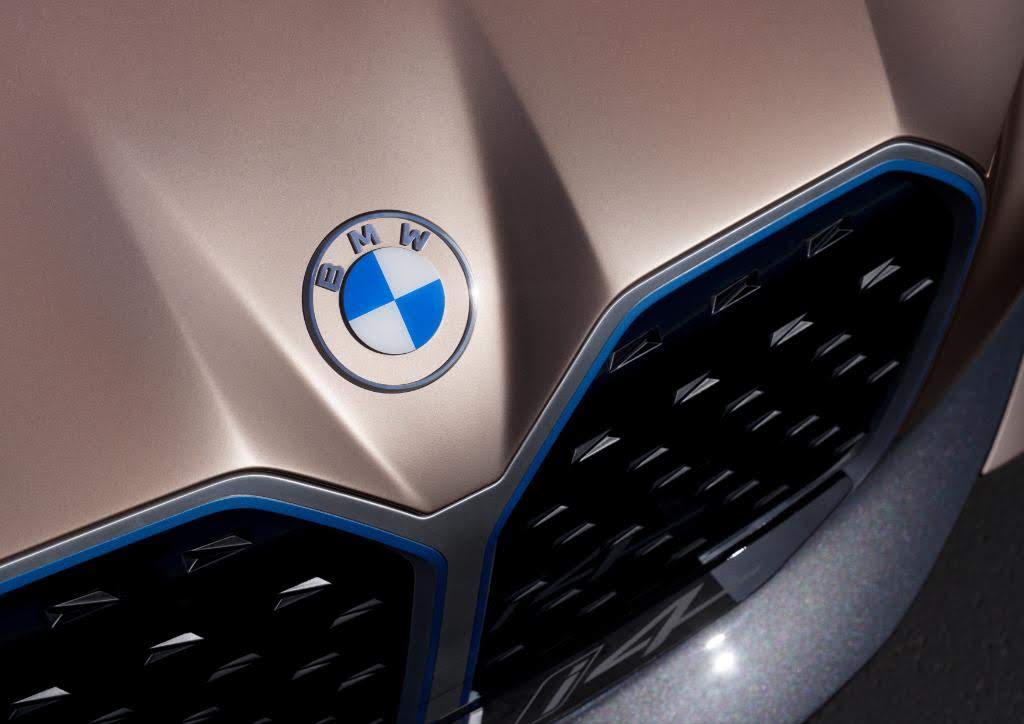
We are sure there will be current BMW owners already looking to install this new logo on their cars.
This week, to coincide with the launch of its all new electric vehicle, the BMW i4 concept car, BMW shows the world a brand new logo. Gone is the classic black outer ring and the 3D and lighting effects have been removed to create a minimal new look. The circle design remains, as do the white and blue colours of the company’s home state of Bavaria.
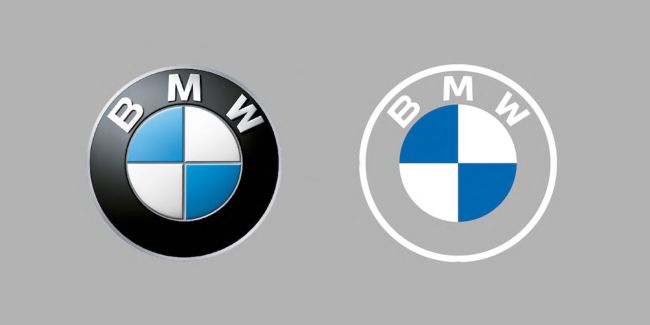
PRESS RELEASE: The history of the name BMW, the Bayerische Motoren Werke or Bavarian Motor Works – dates back to 1917. BMW emerged from a renaming of the aircraft engine manufacturer Rapp Motorenwerke, located in Munich, the capital of the State of Bavaria in southern Germany. Although the company name changed, the technical equipment, assets and workforce initially remained the same.
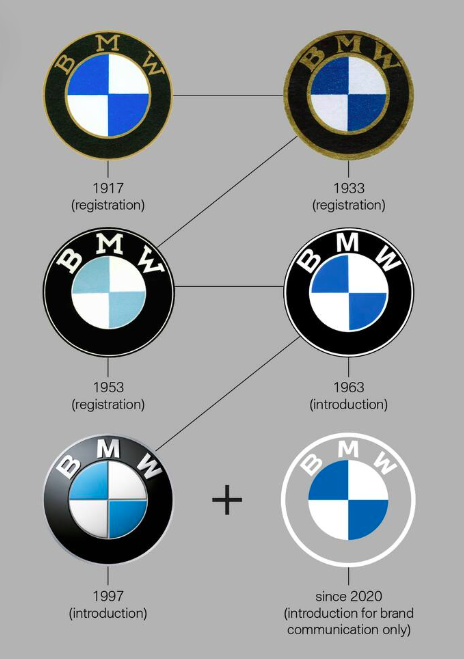
When the name BMW was first included in the commercial register in July 1917, there was no company logo. Similarly, the first ad from the same month also lacked any BMW symbol or emblem. What it did feature alongside aircraft engines, however, was its future planned product range: Engines for automobiles, agriculture and boats.
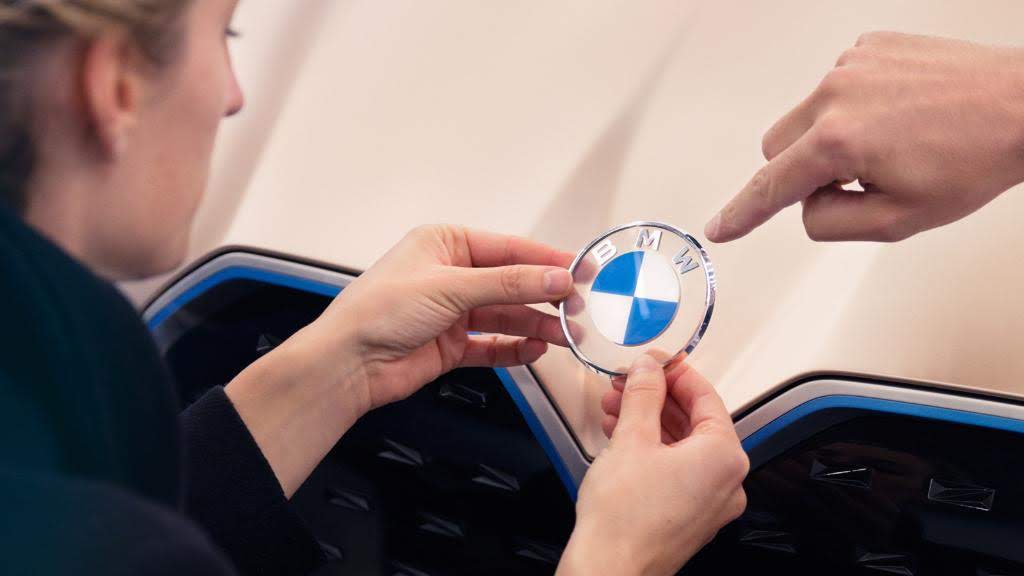
In the early days, the logo and its meaning were by no means as present to a broad public as they are today, as BMW had no end customers to solicit. The main business was the production and maintenance of aircraft engines for the German Air Force.
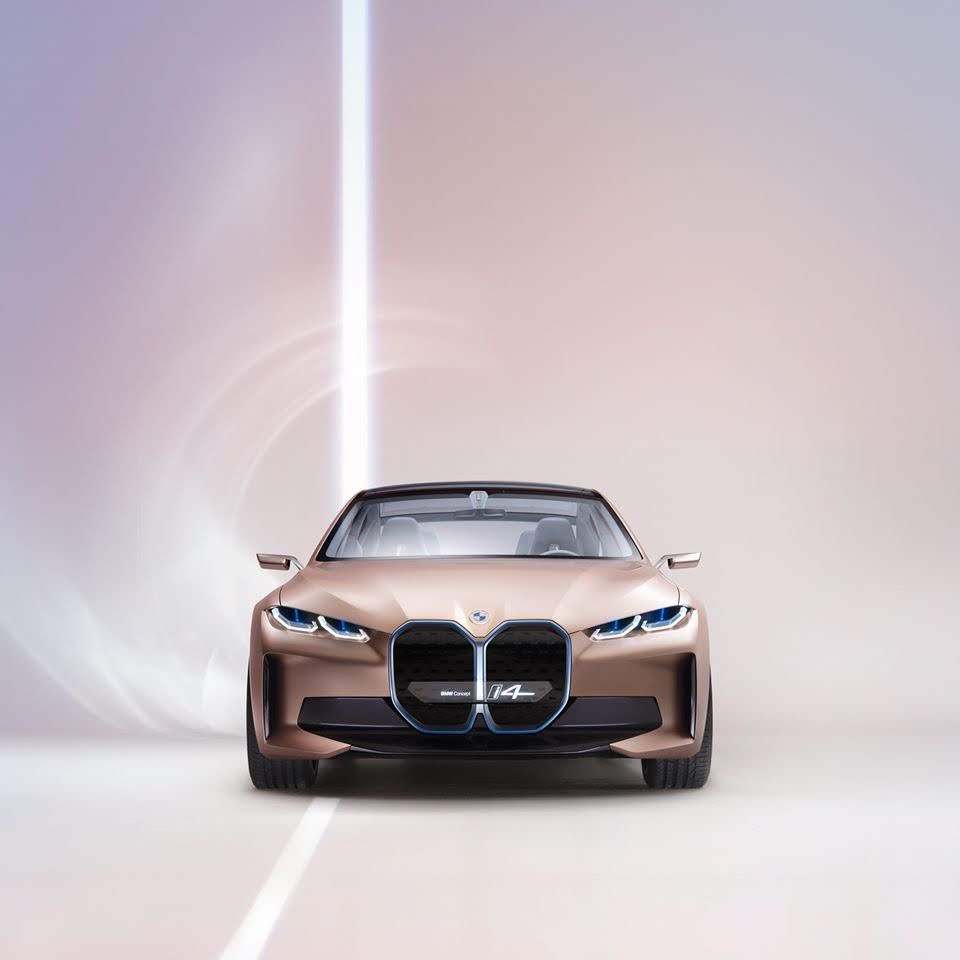
Nevertheless, on October 5th, 1917 the young firm received a company logo. This first BMW badge, which was registered in the German Imperial Register of Trademarks, retained the round shape of the old Rapp logo. The outer ring of the symbol was now bounded by two gold lines and bore the letters BMW.

The company’s home state of Bavaria was also to be represented on the company logo. The quarters of the inner circle on the BMW badge display the state colors of the State of Bavaria – white and blue. But they are in the inverse order (at least as far as heraldic rules are concerned, where you read clockwise from the top left). The reason for this inverse order of blue and white in the BMW logo was the local trademark law at the time, which forbade the use of state coats of arms or other symbols of sovereignty on commercial logos.
Even today, many people still believe that the BMW logo depicts a rotating propeller. How come? The myth of the BMW propeller came about years after the first company logo. A BMW ad from 1929 showed an airplane with the BMW logo in the rotating propeller. At the beginning of the global economic crisis, the ad was trying to promote a new aircraft engine that BMW was building under license from Pratt & Whitney. The propeller interpretation fit very well into the advertising image of the young company, as it underlined the company’s roots and its expertise in aircraft construction.
Then, in 1942, BMW itself linked the propeller to its company symbol. An article appeared in a BMW publication called “Flugmotoren-Nachrichten” (Aircraft Engine News) which backed up the story of the BMW badge as a spinning propeller. The story was illustrated with a photo of the BMW logo overlaid on a rotating propeller.
So, it is the all electric BMW i4 that introduces this new logo and also the start of a new generation of mobility vehicles from the BMW Group.




